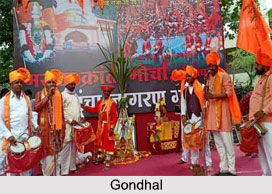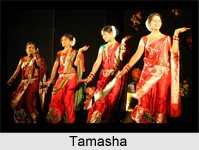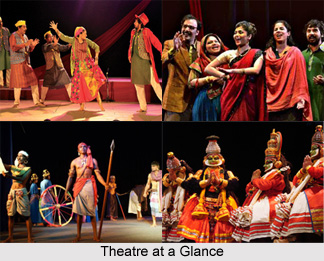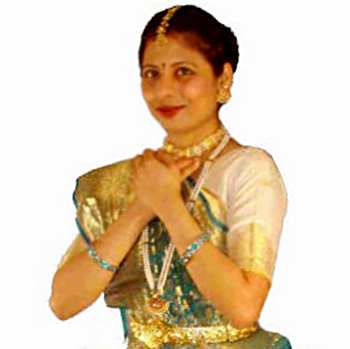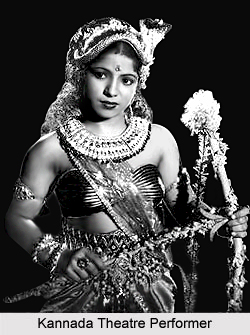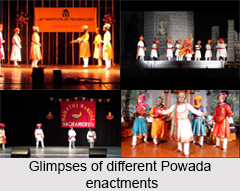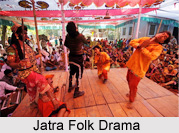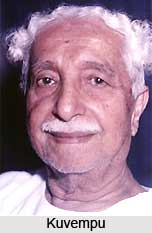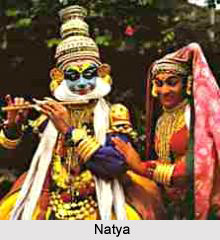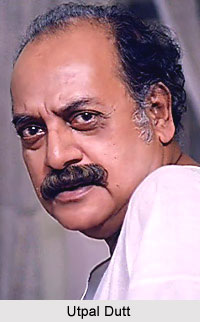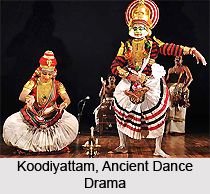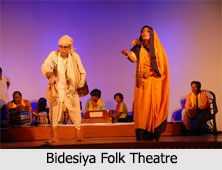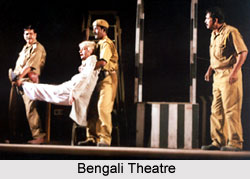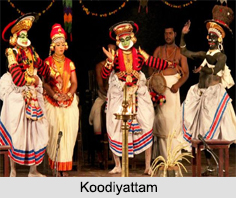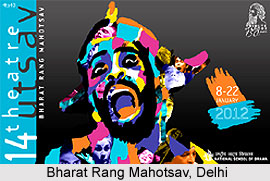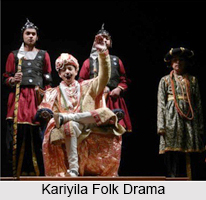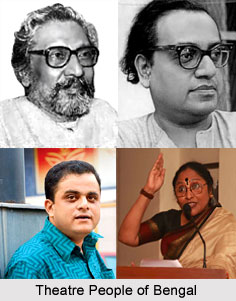 The Indian theater story begins with the theatre space and the actress narratives that continue to be the two key approaches to repeat its history. Theatre began in early Kolkata (Calcutta) and was replicated in Mumbai. Thus later became the story of the origin of theatre in India. The theatres in Kolkata and Mumbai eventually served as case studies to understand the establishment and origin of theatres. A long list of theater buildings can be listed in its chronological order. The Old Play House (1753), the New Play House or the Calcutta Theatre (1775-1808), Mrs Bristow Private Theatre (1789), Wheler Place Theatre (1797), Athenaeum Theatre (1812), Chowringhee Theatre (1813), Dum Dum Theatre and others.
The Indian theater story begins with the theatre space and the actress narratives that continue to be the two key approaches to repeat its history. Theatre began in early Kolkata (Calcutta) and was replicated in Mumbai. Thus later became the story of the origin of theatre in India. The theatres in Kolkata and Mumbai eventually served as case studies to understand the establishment and origin of theatres. A long list of theater buildings can be listed in its chronological order. The Old Play House (1753), the New Play House or the Calcutta Theatre (1775-1808), Mrs Bristow Private Theatre (1789), Wheler Place Theatre (1797), Athenaeum Theatre (1812), Chowringhee Theatre (1813), Dum Dum Theatre and others.
One of the first buildings employed for theatrical performances and entertainment in the 18th century in Kolkata was the Old Court House. It was initially erected by Richard Bouchier was a member of the Calcutta Council and a master attendant. He rented the building to the Government of House, the Mayor`s Court at a rental fee of 400 Pounds. The governor house was so undersized that the Court House was employed for the entertainment of the official public.
In 1762 the Court House was expanded by adding verandah or gallery to both the floors ob the south. Along with the 20 feet broad galleries a saloon was also built that had a room at each end with archways. It was accompanied by a dancing bar. This remained the site for the entertainment of the public till 1972. It was later demolished by the order the government.
The small but elite audience of the theater or the playhouse and the party revelers formed a common segment of the settlers. The theatre was represented by Company`s officials and also by the amateurs of the group forming the theatre. These officials would entertain the audience with their skilled performances during the time of ball revelry. The various types of entertainment programs were enacted with touches of professionalism along with songs, dramas, comic interludes and variations in amusements.
The Town Hall was used for political meetings and also for various political debates. The original building was built in a tavern with the purpose of having a wider space for revelry and other sorts of entertainment. However, on 31 December 1792 a meeting held in the Le Gallais`s Tavern decided upon erecting a new building. For this purpose they also initiated a lottery to raise funds for the building.
The two storied building was constructed to be used by the great saloon. The building was separated by pillars placed in double row leading into a centre room and two aisles. A music gallery was also erected on the western side of the building and on the eastern side a raised platform was built. Both the music gallery and the platform were able command the mid space from their advantageous positions. There were also smaller rooms that were used as super-rooms or green rooms. The Town Hall was mostly hired for theatrical performances and for musical shows. The building was frequently rented out to the professional artists like the music performers, actresses and even amateurs who did not have admission in the official buildings.
